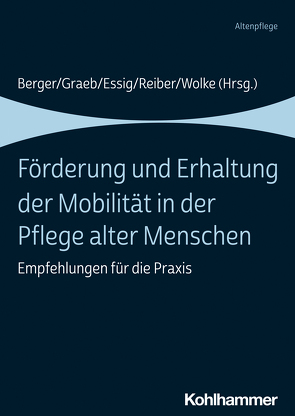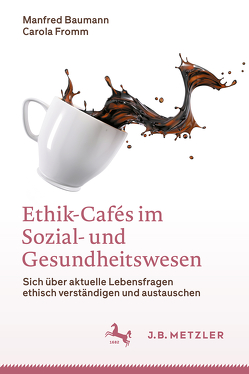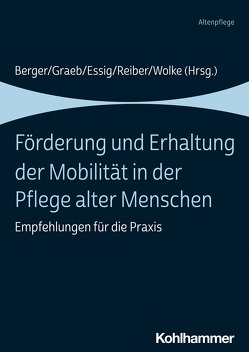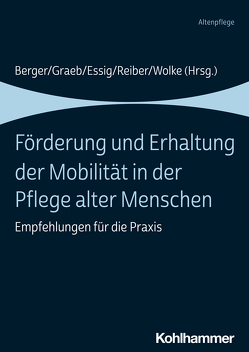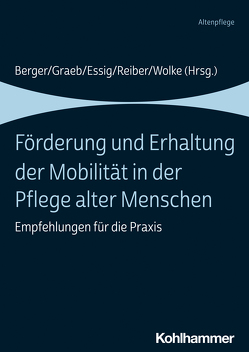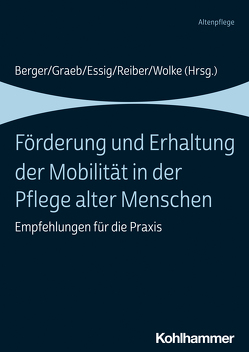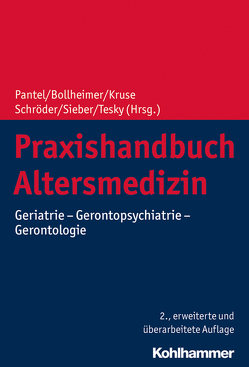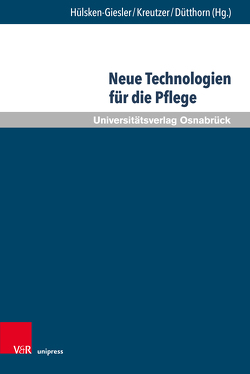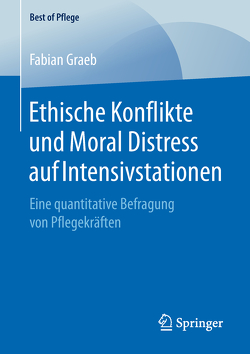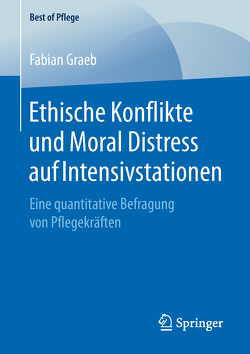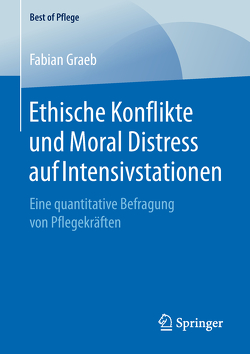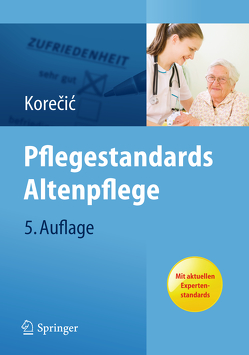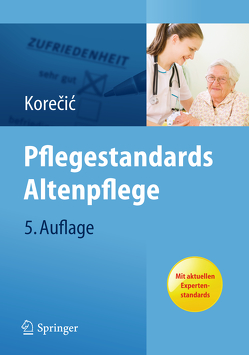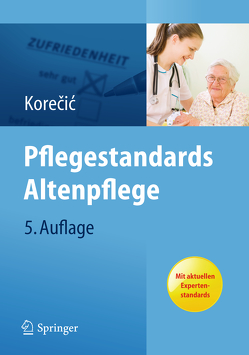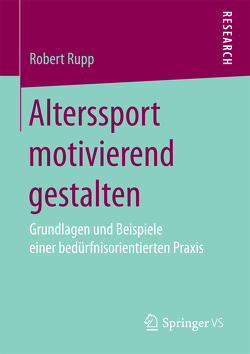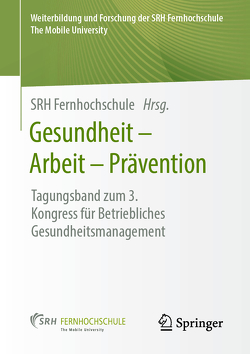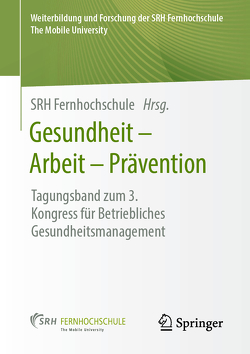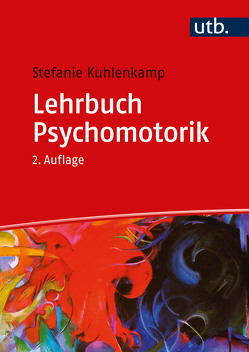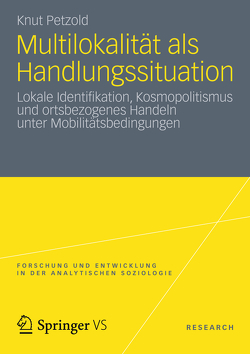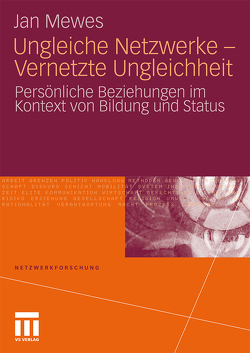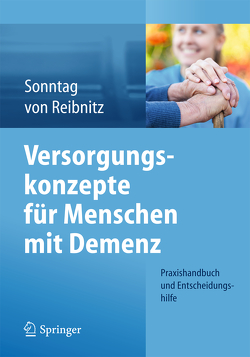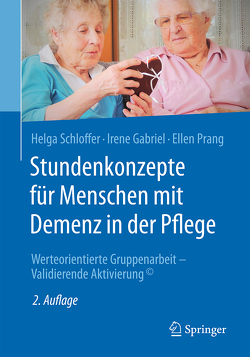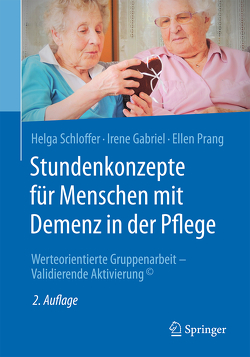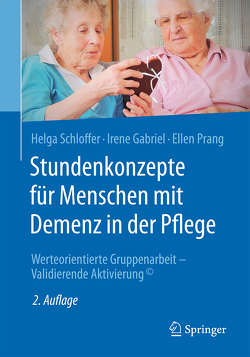Förderung und Erhaltung der Mobilität in der Pflege alter Menschen
Empfehlungen für die Praxis
Manfred Baumann, Christine Bäumler, Marlies Beckmann, Bianca Berger, Judith Blau, Katrin Brandenberg, Michael Breuckmann, Holger Carstensen, Hans-Ulrich Dallmann, Ruth Dankbar, Margret Eberl, Gundula Essig, Ellen Freiberger, Heiner Friesacher, Veronika Geng, Fabian Graeb, Silvia Grunert, Michaela Holke, Elke Kälberer, Gabriele Kreutzner, Christina Kümmel, Katharina Lang, Ulrich Lindemann, Roya Masoum-Babaie, Ute Müller-Hesselbach, Petra Reiber, Katja Renner, Sven Reuther, Laura Ruby, Andrea Schiff, Dorit Schneider, Anja Schwarz, Graciela Sosa-Köttermann, Carmen Steinmetz-Ehrt, Katja Thiele, Boris Troll, Tibor Vetter, Reinhold Wolke, Silvia Wydra, Nicole Zenker
People=s entire daily routine involves movement. Restricted mobility therefore leads to development of a need for long-term care, as everyday activities can no longer be managed. Mobility is thus associated with quality of life, ability to participate, and personal independence. The aim should therefore be to get more movement into the day. Carers can have a positive influence on mobility, preventing those affected from becoming immobilized and bedridden, and can encourage processes to reverse such developments. To do this, it is necessary to identify meaningful reasons and occasions for getting the patient mobile and to implement these in collaboration with other partners. This book provides many tips and suggestions on how to successfully promote mobility in everyday life. All settings for geriatric care are taken into account, and interesting practical examples and movement concepts are presented. Management of elderly people who no longer want to move, or are no longer able to, is also addressed and ethically examined.
